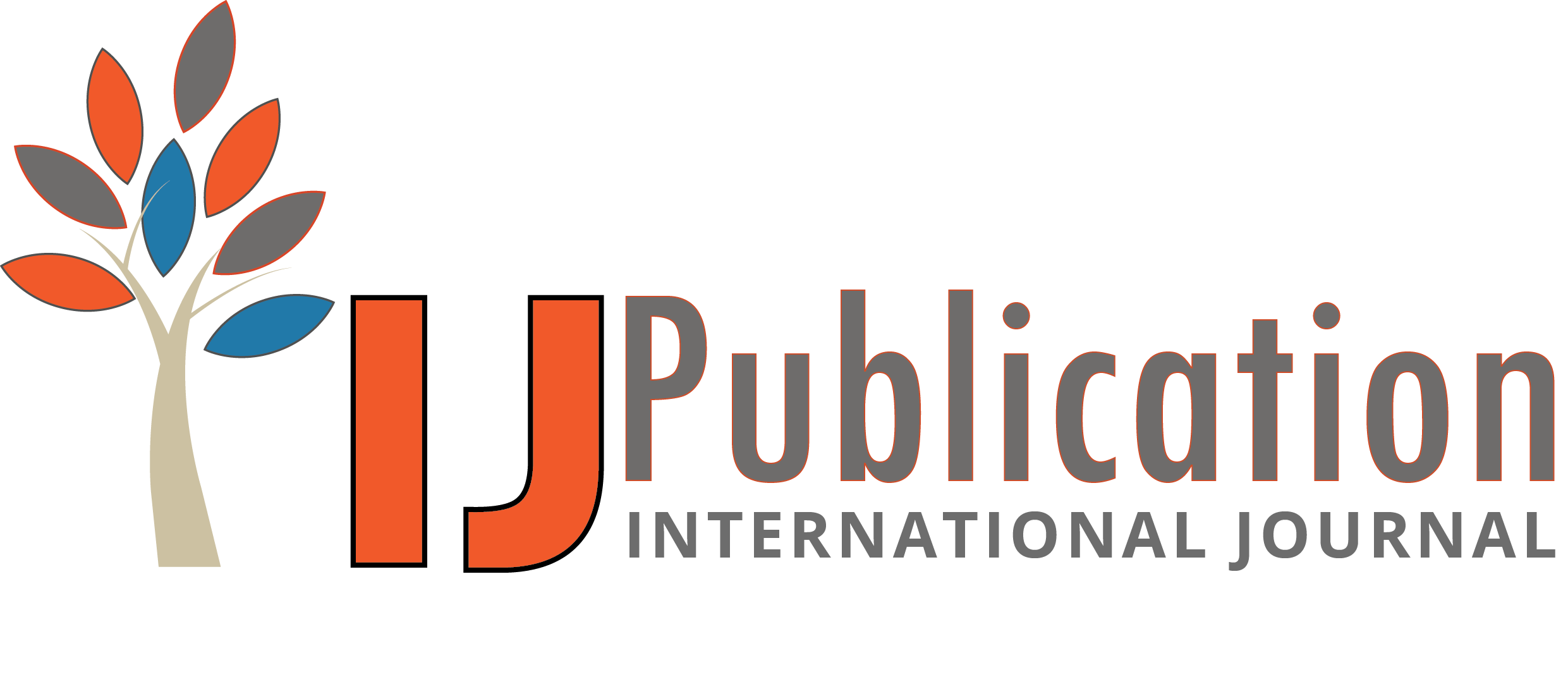Smita Raghavendra Bhat Reviewer
25 Sep 2025 01:32 PM
 Approved
Approved
Relevance and Originality The research article delivers a timely and original contribution by framing cloud enablement and datacenter consolidation within a broader social context under the Green IT umbrella. While environmental gains have long dominated discussions in this domain, the paper’s emphasis on employment transformation, educational democratization, and digital equity marks a notable expansion of the discourse. By spotlighting communities that are often excluded from mainstream technological narratives, the study introduces a valuable social perspective. This multidomain relevance—especially in policy, education, and labor—demonstrates both innovation and a strong alignment with emerging global digital inclusion priorities.Methodology The article employs a conceptually rich methodology that successfully captures the complexity of social impacts through a multidisciplinary lens. It blends insights from environmental science, information technology, and social policy to explore the implications of technological shifts. The theoretical grounding is solid, and the analysis appears systematic; however, the research would benefit from a clearer outline of data sources or real-world evidence supporting the claims. The integration of stakeholder perspectives or comparative case examples could provide additional depth, helping to validate assumptions and reinforce the practical applicability of the conclusions drawn.Validity & Reliability The findings are conceptually well-supported, and the logical flow from technological implementation to social outcomes is convincing. The study effectively illustrates how cloud infrastructure can serve as a catalyst for systemic improvements, particularly in education and public health equity. However, without empirical validation or longitudinal tracking, the strength of these conclusions remains more aspirational than demonstrable. Broader sampling or triangulation with existing datasets could help ensure the reliability of the impact assessments. The potential variance in outcomes across regions or socio-economic contexts is an important consideration that warrants further exploration.Clarity and Structure The article is clearly organized, maintaining a coherent narrative from problem identification to solution frameworks. Arguments are presented logically, and key points are well-articulated without being overly technical. The language is mostly accessible, though certain segments—particularly those discussing policy mechanisms—may benefit from clearer summaries or visual aids to distill complexity. The sectioning enhances readability, and the transitions between topics are smooth. Overall, the structure supports comprehension and helps highlight the article’s interdisciplinary nature without losing focus.Result Analysis The result analysis is insightful, drawing meaningful connections between technological infrastructure and broader societal outcomes. The discussion on employment evolution, educational equity, and cultural preservation through cloud access is both compelling and forward-looking. However, a more critical reflection on limitations—such as potential job displacement or energy demands associated with cloud services—would balance the optimism. Additionally, future research directions could be strengthened by highlighting measurable indicators to evaluate the long-term social performance of Green IT initiatives.








Smita Raghavendra Bhat Reviewer